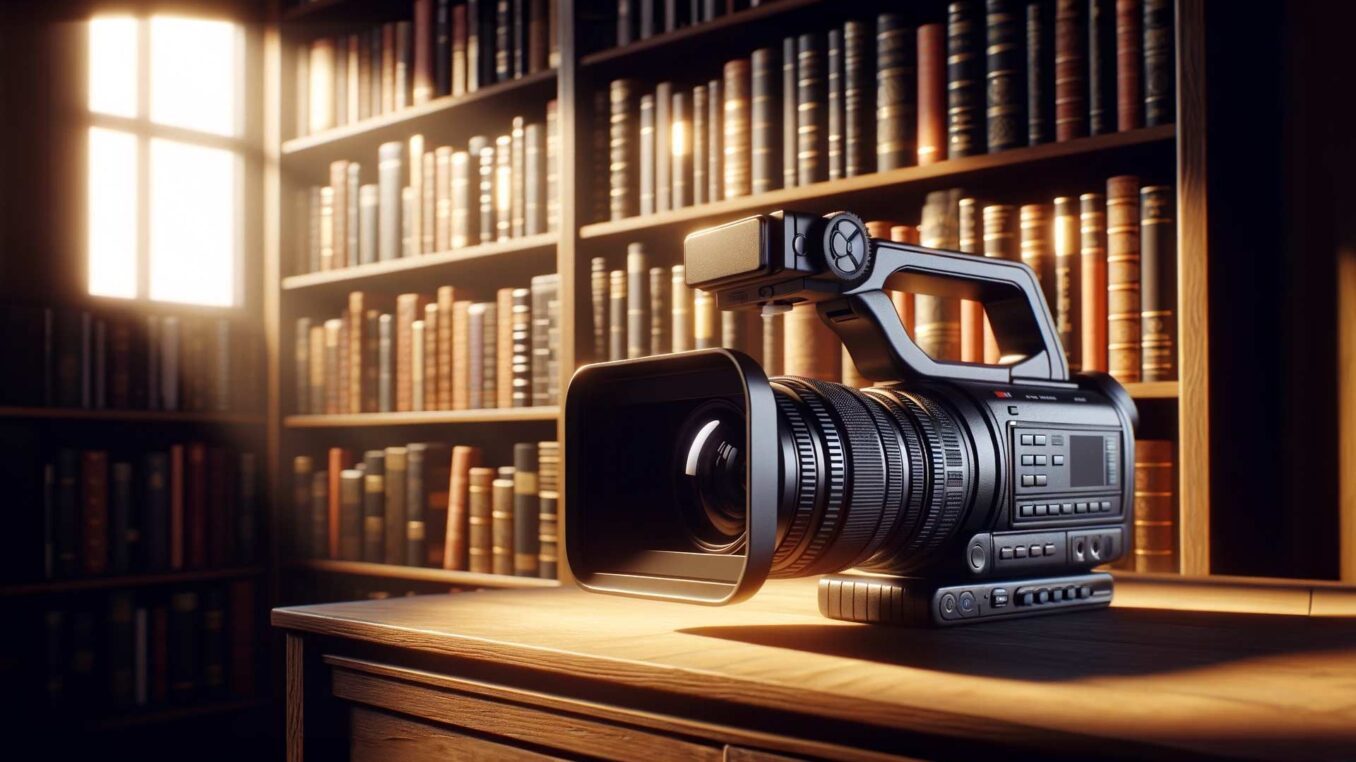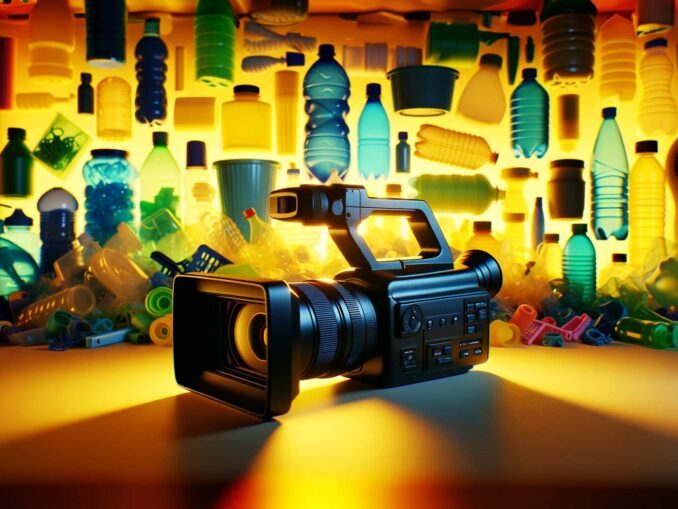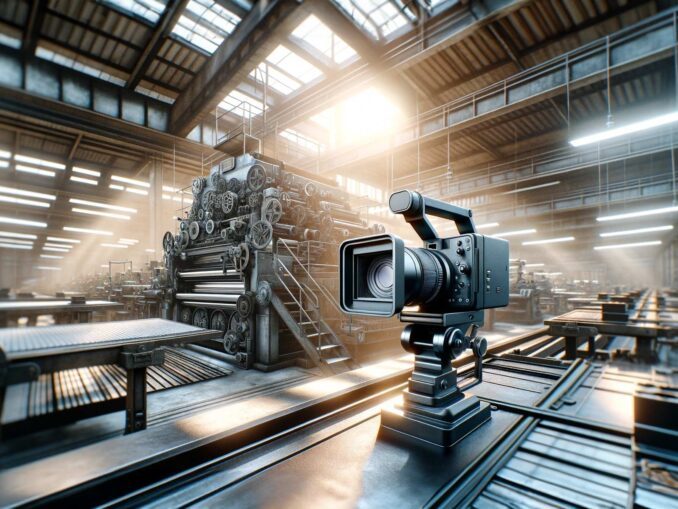
IKEA is often criticized for supporting a throwaway culture with its cheap, disposable furniture. Simona Scarpaleggia, former Managing Director of IKEA Switzerland, says: “We are part of the problem, but we also want to be part of the solution to this problem.” In order to fight the “waste society” globally, the company has been placing its business model in the context of the circular economy for several years. IKEA’s new innovations therefore primarily support SD 9 “Industry, infrastructure and innovation” and SDG 12 “Sustainable consumption and production patterns”.
Switzerland produces around 80 to 90 million tons of waste every year. This means that at 716 kg of waste per person per year, the average Swiss person is responsible for one of the highest volumes of municipal waste in the world, according to the FOEN. Only just under 53% of this is recycled. The high volumes of waste not only have a negative impact on the environment, but also a major financial impact. The careless dropping or leaving of litter (littering) alone causes annual costs of around CHF 200 million in Switzerland.
What is the solution?
Millions of people consume IKEA products. This is precisely why it makes a big difference when the furniture giant decides not only to change the way it uses resources, but also to optimize the consumption model itself.
Instead of the hitherto linear economic approach, IKEA wants to reuse materials as much as possible. It should therefore be both recyclable and reusable. The company therefore launched the “Second Life” program, where customers return their furniture and are compensated for it. In addition, IKEA is now testing the “Furniture as a Service” rental model in Switzerland, in which B2B customers can rent furniture for at least 12 months or more. At the end of the rental period, customers can return the goods and IKEA either rents them out or recycles them. This enables the company to use less material for a wide range of products and promote sustainable consumption among its customers.
What are the challenges?
The central challenge and ambition is to transform Ikea into a circular business. This includes challenges in the conversion of the service offering, raw material procurement and product design. The company tries to extend the life of its products and therefore designs them so that they can be recycled, repaired, reused, resold or recycled. Another challenge is adapting to changes in customer lifestyles and integrating them into the circular economy. The company developed specific customer interaction programs for this purpose.
What are the results (impact)?
The example of IKEA shows that growth and sustainability are not contradictory and that both can be promoted with a circular economy. In relation to the “Second Life” project and the rental concept, IKEA Australia estimated in their “People and Planet Positive 2018” report that they could recycle, reuse or repair approximately 13.5 million pieces of furniture. The impact is enormous when you consider that IKEA already accounted for around 1% of the global commercial timber supply in 2013.
What is IKEA’s vision?
IKEA is aware that they are responsible for part of the problem. Nevertheless, and precisely because of this, they want to be part of the solution. The mission and vision are to work 100% sustainably. The company started with LED light bulbs, then came sustainable cotton and by next year the company wants to have switched to 100% renewable energy. Other initiatives are underway and enabling and promoting a global circular economy is just one part of this.
“People and planet positive” by 2030, resulting in a net negative amount of greenhouse gases, requires a multi-faceted approach. In addition to the 3.75 billion dollars invested in renewable energy, IKEA will phase out single-use plastics by 2020.
Can IKEA’s solution be multiplied and scaled?
The circular solution approach of “Second Life” and “Furniture as a Service” can be scaled well insofar as IKEA can expand the solution in all countries and to different product groups. The solution can also be implemented and extended beyond the company to the entire furniture industry. This requires companies and consumers to rethink the transition from a disposable to a circular economy. Ultimately, the solution not only reduces negative ecological effects, but also achieves positive economic effects.



